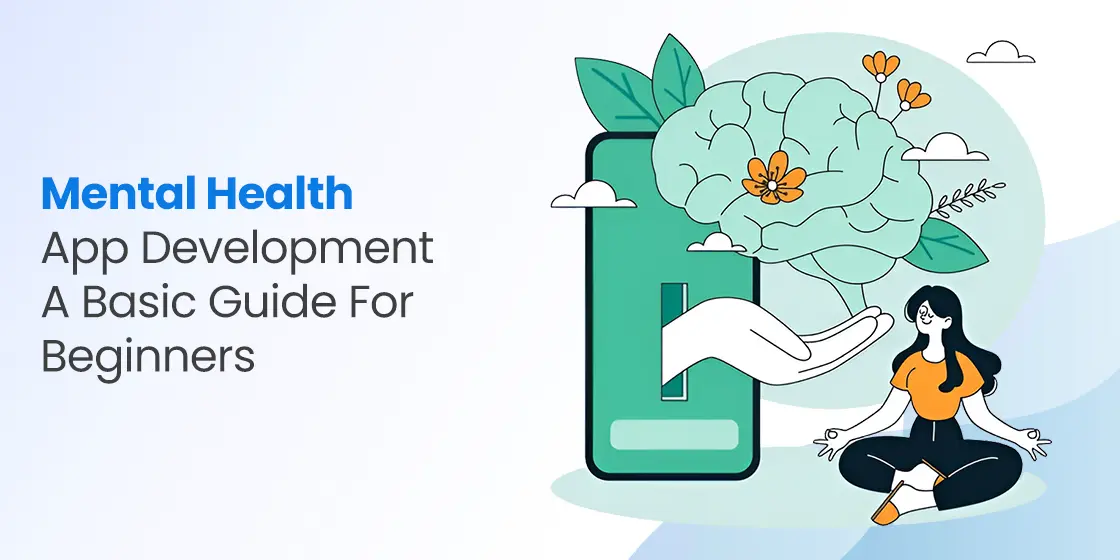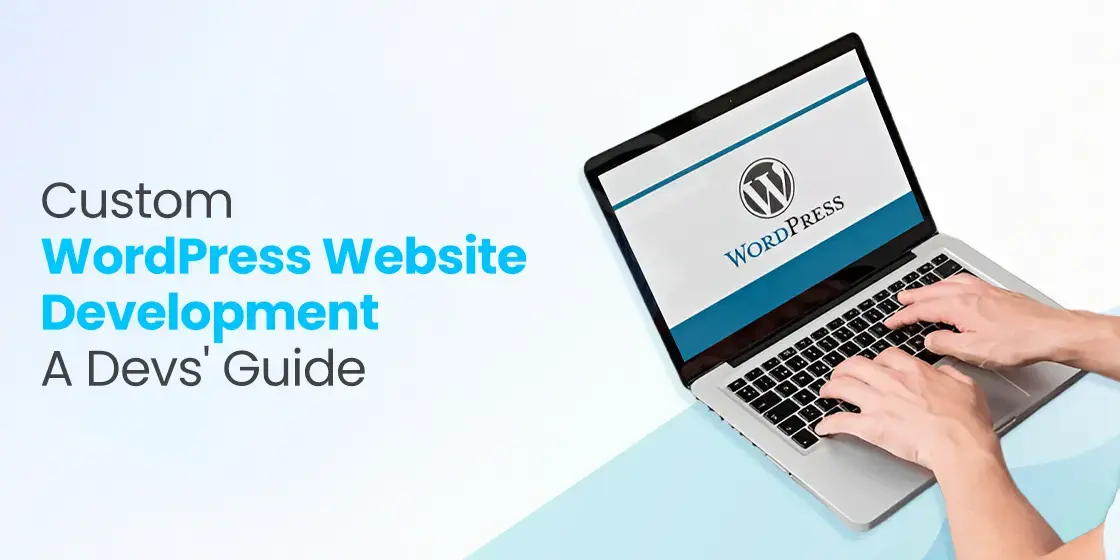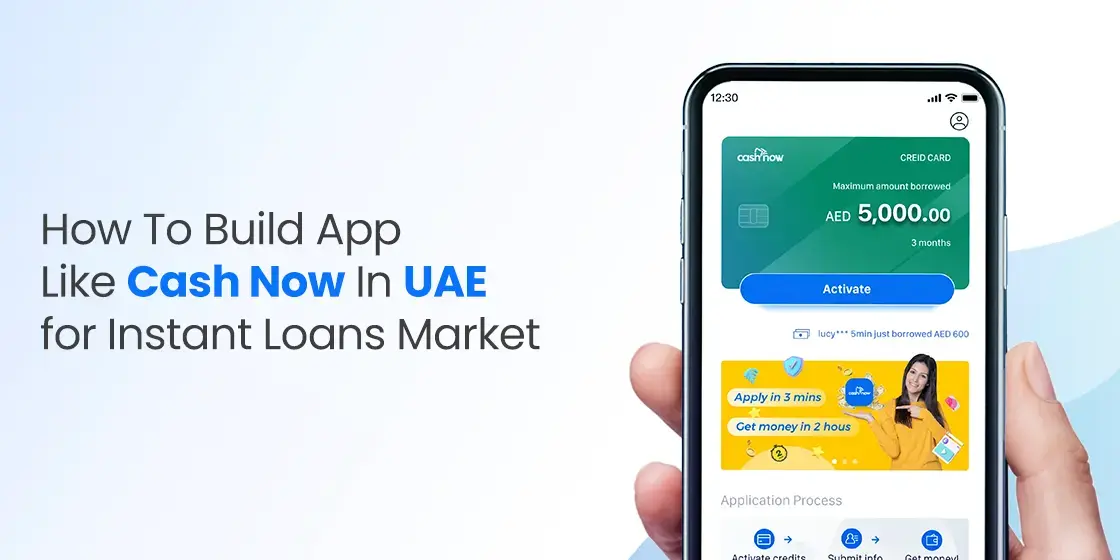Table of Content
A Step-by-Step Approach for Mental Health App Development
Mental health applications are transforming the way individuals manage and engage with their emotional and psychological well-being. These digital tools offer users accessible, on-demand support that can complement or, in some cases, substitute traditional in-person therapy. From mood tracking to cognitive behavioral therapy exercises, mental health app development gives practical, user-friendly solutions for a wide range of mental health concerns.
As the healthcare landscape continues to evolve, the role of technology in mental health care has become increasingly significant. Mental health apps provide a level of convenience and privacy that appeals to many users, particularly those who may feel hesitant about seeking face-to-face help. Their ability to deliver personalized interventions, track progress, and offer continuous support makes them an appealing choice for people looking for flexible ways to improve their mental health.
Recognizing this shift, many medical institutions and healthcare providers are now investing in mental health app development. These organizations aim to extend their reach, offering patients digital resources that support emotional wellness beyond the clinic walls. By taking professional app development services, these institutions are embracing innovation and meeting the growing demand for accessible and inclusive mental health support. If you want to know how these apps are being developed in the industry, read this blog in detail.
What is a Mental Health Application?
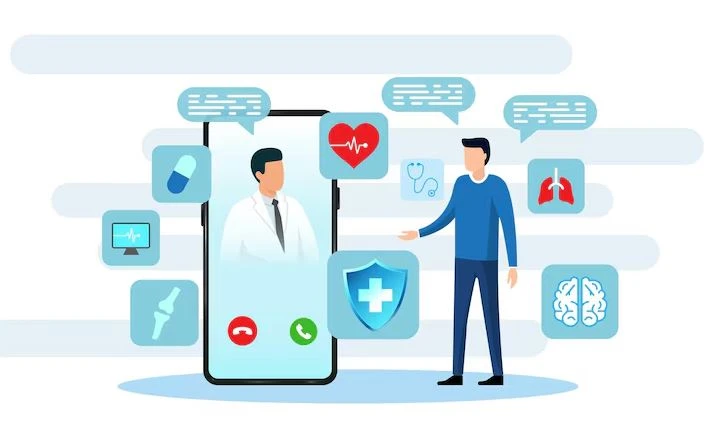
A mental health application is a software program that aims to support individuals in managing and improving their mental well-being. These apps offer a diverse range of features, from self-help tools and educational resources to guided exercises and connections with mental health professionals. They serve as accessible and often affordable complements or alternatives to traditional mental health services, bridging gaps in care and offering support for a wide spectrum of mental health needs.
Just like hospital management software, the functionality of mental health apps varies significantly. Some focus on general wellness, incorporating elements like mindfulness meditation, breathing exercises, and mood tracking. Others are more targeted, addressing specific conditions such as anxiety, depression, insomnia and more others. Many apps also offer features for journaling, goal setting, and progress tracking, empowering users to gain insights into their emotional patterns and monitor their journey towards improved mental health.
The primary benefits of mental health applications lie in their convenience, accessibility, and potential for anonymity. They provide on-demand support, allowing users to access resources anytime and anywhere. While not a substitute for professional clinical care in severe cases, these apps can serve as valuable tools for self-management, early intervention, and supplementing ongoing therapy, ultimately empowering individuals to take a more proactive role in their mental health journey.
Mental Health App Development: Important Tips for Beginners
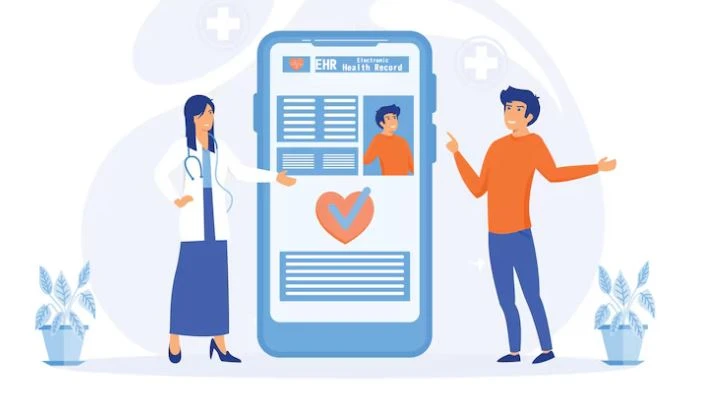
Creating a mental health application isn’t a straightforward process. It requires complete understanding of the healthcare industry, as well as the audience who will be using these apps. By combining all these information, a step by step approach is required to build a quality mental health application.
Identify the Target Audience
Developing a mental health application necessitates a deep understanding of its intended users. The target demographic dictates every aspect of the app’s design, from its user interface and content to its features and overall tone. An app designed for adults might focus on more sophisticated tools for stress management or therapeutic techniques, and an app for seniors would need to consider accessibility features. Without a clear picture of the end-user, the app risks being ineffective, confusing, or irrelevant.
The specific needs and preferences of your target audience will also heavily influence your choice of platform. If you’re aiming to reach a broad audience across various devices, a cross-platform approach might be most suitable. However, if your target demographic predominantly uses a specific type of device, then focusing on a single platform initially could be a more strategic decision. Ultimately, aligning the app’s design with the target user’s profile is paramount for creating an effective mental health solution.
Building an MVP
At this pivotal stage, it becomes essential to define a clear list of features for your Minimum Viable Product (MVP) and rigorously test them with a prototype. This initial feature set should represent the core functionalities that address your target users’ most pressing needs. By meticulously outlining these features, you establish a concrete roadmap for development. This disciplined approach prevents scope creep and allows for a more efficient and targeted development process.
Utilizing a prototype is a non-negotiable step in verifying your app’s design idea and confirming that the product will function as intended. It provides an opportunity to gather direct feedback from potential users, ensuring that the app’s navigation is intuitive. Ultimately, the prototype serves as a critical tool for validating your assumptions and refining your app’s design to create a truly effective and user-centric mental health solution.
Hire Skilled Team
Building a mental health app from the ground up demands a cohesive and skilled healthcare app development partner. This core group typically includes experienced developers who are proficient in the programming languages and frameworks necessary for both front-end and back-end development. They translate design concepts into functional code, ensuring the app performs reliably and efficiently. Alongside them, a dedicated project manager is also indispensable.
Beyond the technical execution, the success of a mental health app heavily relies on thoughtful design. This is where talented UI/UX designers come in, crafting an intuitive, empathetic, and visually appealing user experience. They are responsible for everything from the app’s layout and navigation to its color schemes and typography. Finally, a meticulous team of QA specialists is vital. These professionals rigorously test the app across various devices and scenarios, identifying bugs, and usability issues.
Develop the Application
Crafting a mental health app demands an unwavering commitment to safety and user-friendliness. This involves implementing robust security measures to protect sensitive user data, adhering to privacy regulations. Just like health insurance app development, every line of code must be written with the user’s well-being in mind, guaranteeing that features such as crisis resources or mood tracking tools are not only accurate but also presented in a clear, non-triggering manner.
To navigate this complex and time-intensive development phase efficiently, adopting agile principles becomes crucial. Agile methodologies, such as Scrum or Kanban, break down the development process into smaller, manageable iterations. This approach means that instead of a linear progression, the team can regularly review progress, and make necessary adjustments based on evolving requirements. This iterative nature helps to streamline workflows, and maintain organizational clarity, ultimately leading to a higher quality product.
Test the Application
Thoroughly testing your app is a crucial step that ensures to prevent a flawed product from ever reaching the market. Rather than waiting for a completed version, continuous testing allows you to identify and address bugs, usability issues, and design flaws early on. This proactive strategy is particularly vital for mental health applications, where functionality and user experience directly impact the effectiveness of the support provided.
This ongoing testing process also provides invaluable opportunities to gather feedback and validate your product’s direction. By involving a diverse group of testers, you gain insights into how the app is perceived and used in real-world scenarios. This feedback loop is essential for refining the user interface, improving navigation, and ensuring that the app genuinely meets the needs of its target audience.
Frequently Asked Questions
| What is a mental health application? A mental health application is designed to support individuals in managing and improving their mental well-being. These apps offer a range of tools, from self-help exercises to connections with mental health professionals. |
| Why mental health apps are becoming popular in the market? Mental health apps are gaining popularity due to their accessibility and convenience. They provide a discreet and often more affordable alternative to traditional mental state therapy. |
| How to monetize a mental health app? Mental health apps are commonly monetized through subscription models, offering premium content or features for a recurring fee. Other strategies include freemium models with in-app purchases for advanced functionalities. |
Final Words
That brings us to the end of this blog in which we have discussed mental health app development in detail. During the last few years, the demand of mental health apps have risen dramatically in the market. With the increasing understanding of mental health, people are now using these apps to stay fit and organized mentally. It is therefore important to understand the technicalities of these apps, as their development projects are becoming highly lucrative in the market lately.

Empower your digital journey with StruqtIO - Your dedicated partner for cutting-edge custom software development, innovation, and digital transformative solutions. Harness the power of technology to elevate your business and redefine your digital landscape today.
